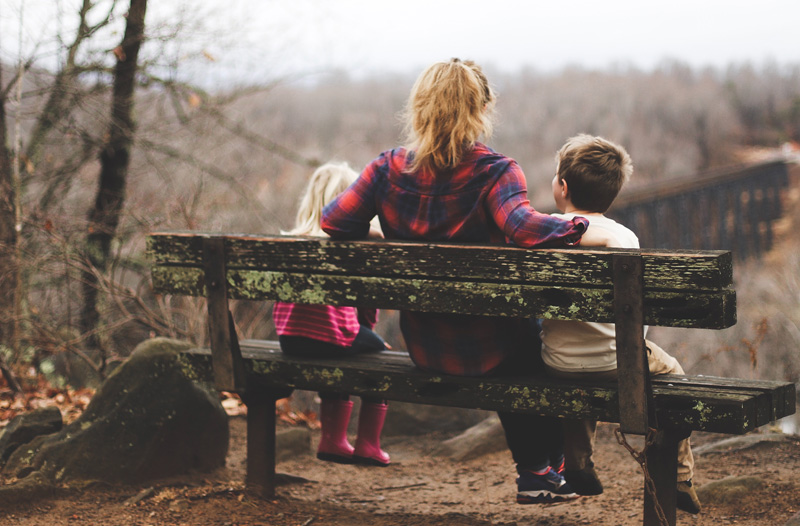
I stayed home from school the day Dwayne* left our home. As a young teen, I had fallen in love with the baby, who arrived at our house only a few days old. His soft brown hair and big blue eyes had captured my heart over the months we cared for him. No one had told me it would be this hard to let him go, even though he was going for a forever home with his new adoptive parents. No one had prepared me for the pain and sorrow of losing a baby brother. It didn’t matter that Dwayne wasn’t related by blood to my family—he was family, even for a short time.
Throughout my teenage years, I had many more opportunities to love—and let go—of the foster children my parents welcomed into our home. I wasn’t aware that during the early 1980s, when my parents began fostering, 262,000 children ended up in foster care in the United States. I only knew Kate and Belinda, Jonathan and Mary Jane, the twins Jessica and Jesse, the trio of brothers who came every weekend one summer, and a host of others whose names I’ve forgotten, but whose faces I never can.
It wasn’t easy being a foster sister to these kids from heartbreaking backgrounds, who often had deep hurts and unseen trauma that would explode all over my life and home for seemingly no reason. During those years, I had toys, books, clothing, and personal stuff destroyed or stolen. I shared my things, my home, my mom and my dad with kids who didn’t want to be in our home.
But even as I struggled at times with the chaos having a full house created, I watched my parents love these kids without expecting anything in return and enfold them into the fabric of our family for however long they lived with us. Over three decades, my parents welcomed more than 40 kids into their home, and even adopted boy-girl twins they had fostered who were 14 years younger than me.
Fast-forward to the fall of 2018, when my husband had a chance encounter with a representative from UMFS, a Virginia nonprofit foster/adoption agency. Suddenly, he was interested in becoming foster parents, something I had talked with him about off and on since we married in 2000. With our four kids between the ages of 10 and 16, now seemed like a good time to foster.
The need for foster families is once again rising. In 2017, 443,000 U.S. children were in foster care in 2017, up from a recent historic low of 397,000 in 2012, according to data on ChildTrends.org. What’s behind that increase? One major reason is the growing opioid epidemic has pushed more kids into a system struggling to keep up with the influx.
“Our system of child welfare is broken,” said MereAnn Reid, a child and family therapist in Portland, Oregon, who specializes in adoption. “More importantly, our social fabric is frayed. When children are struggling, we’re all struggling.”
More foster families are needed to help these vulnerable children, but often, families have many questions about what fostering is—and isn’t.
Read more at Patheos.com.